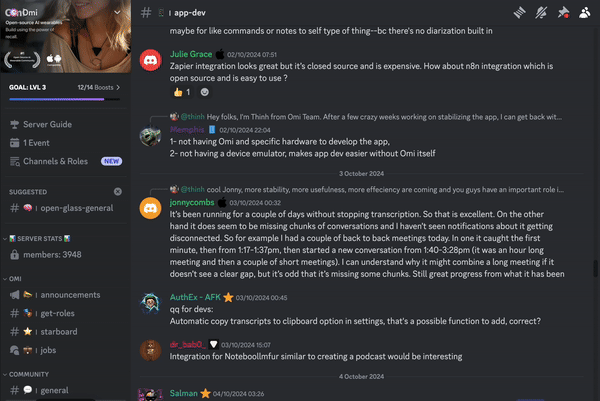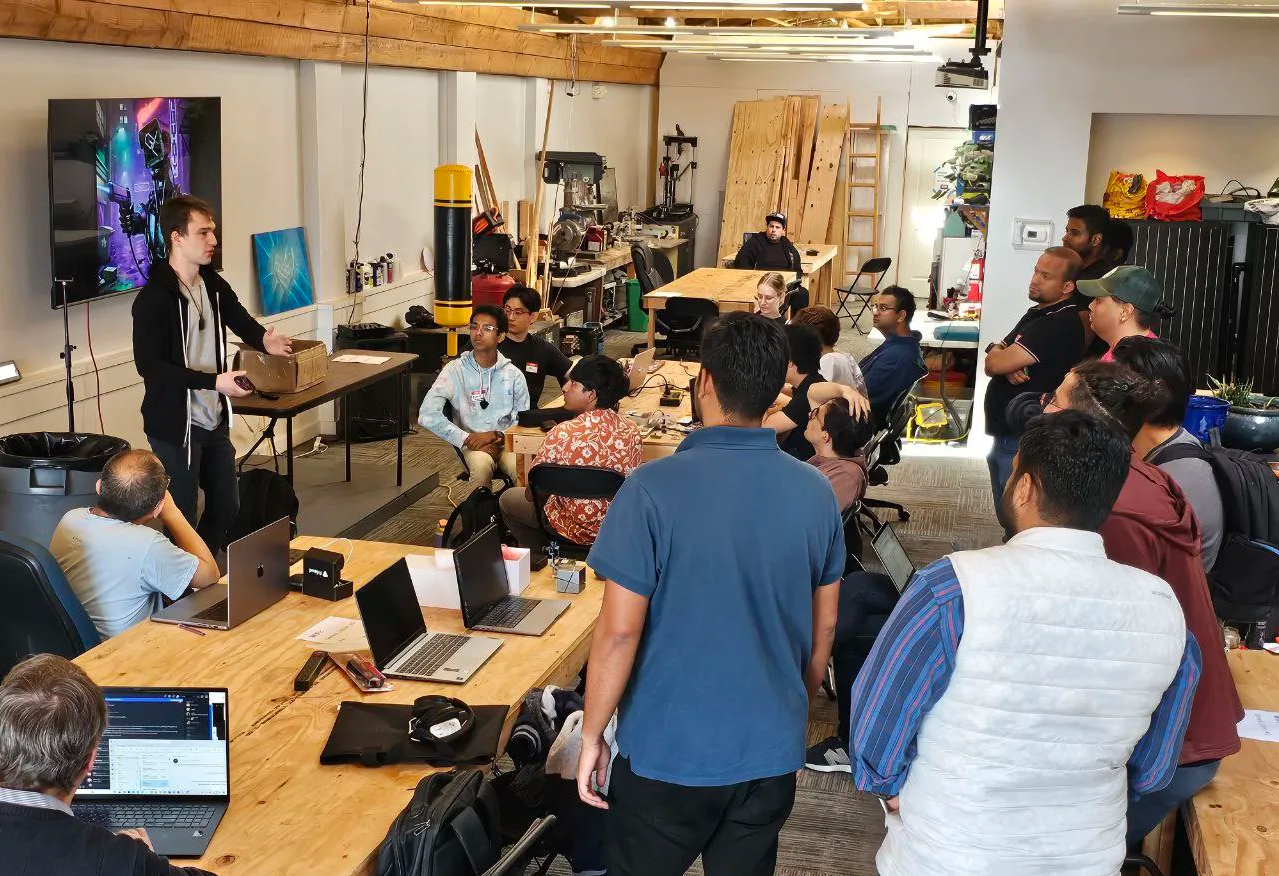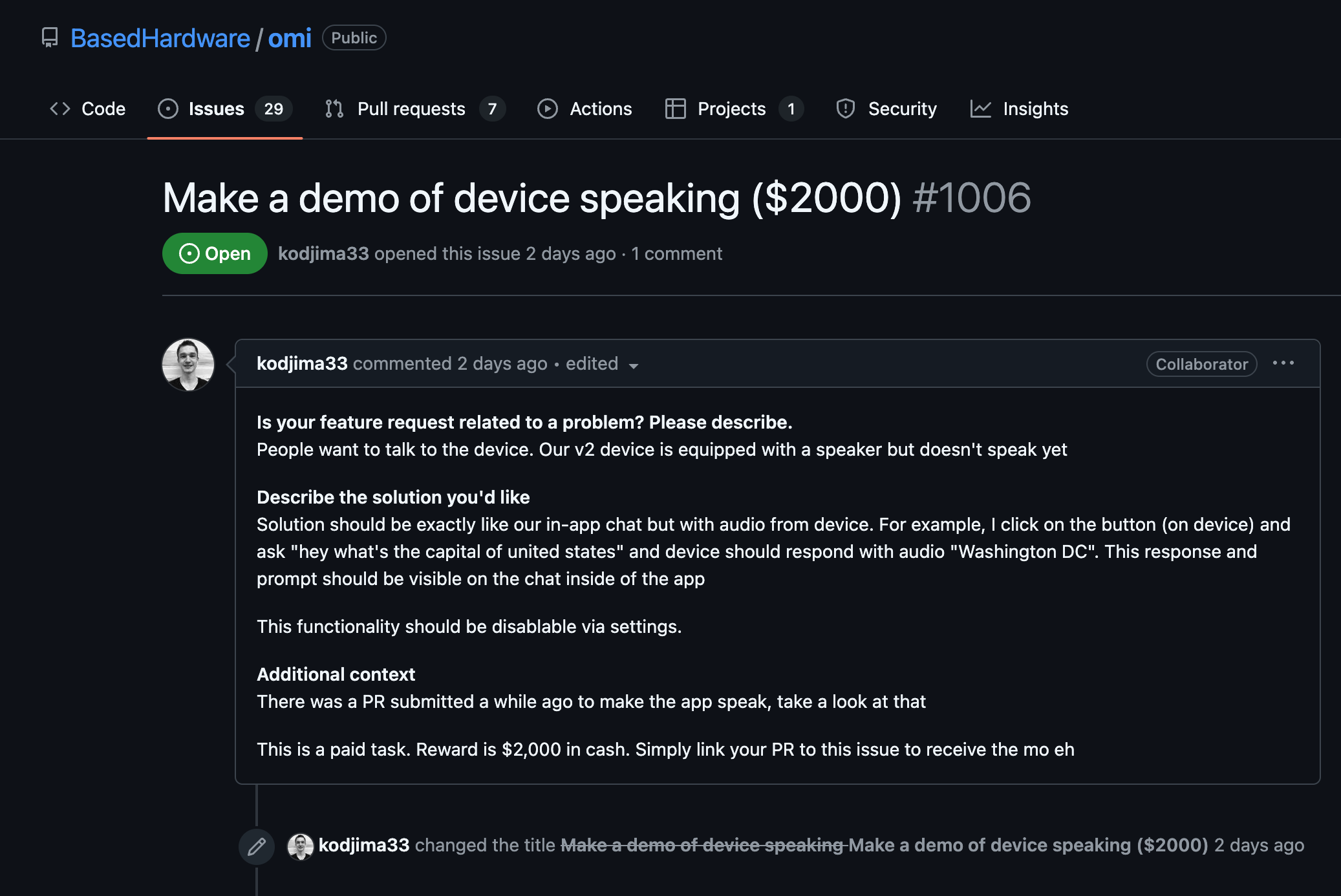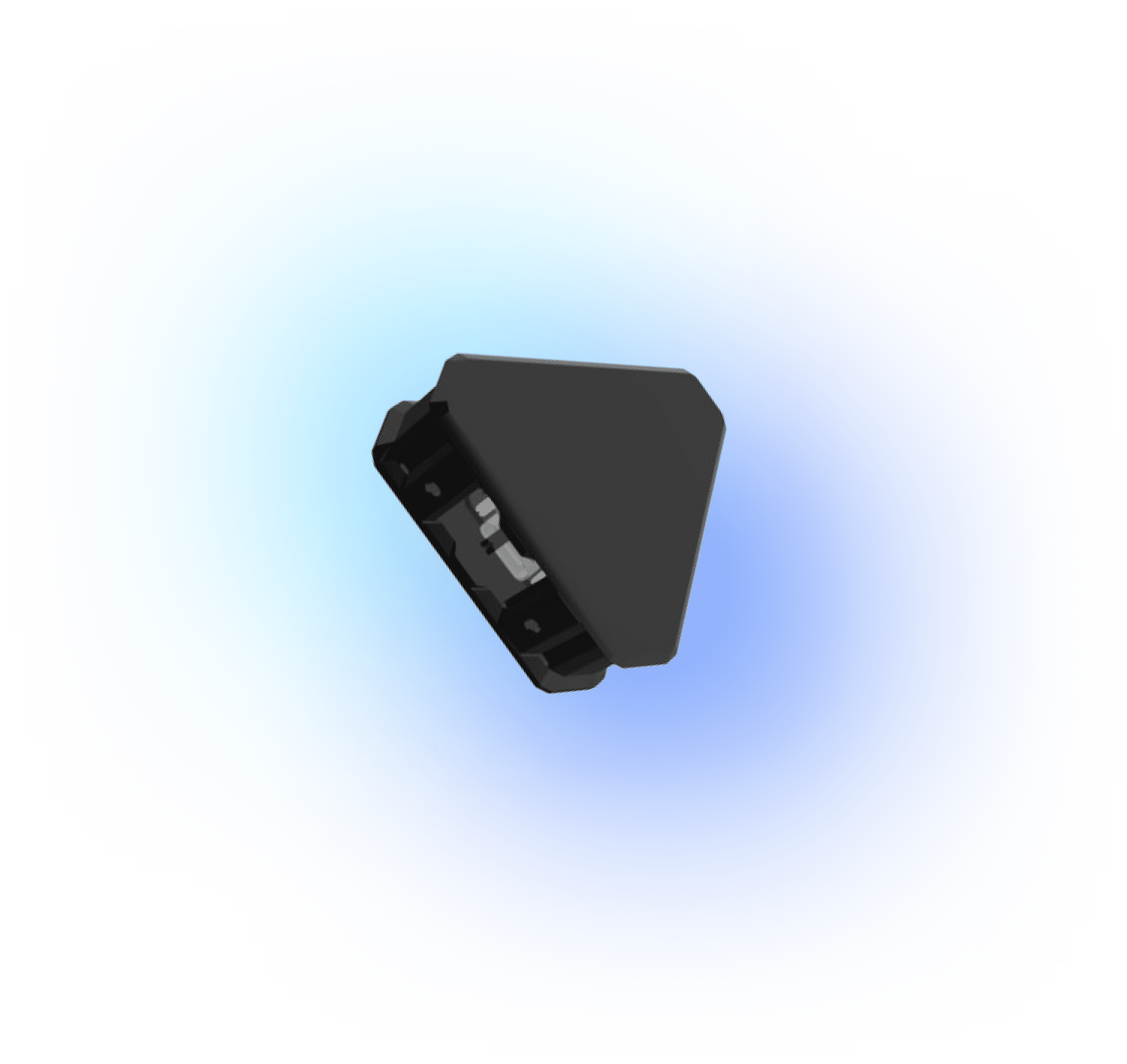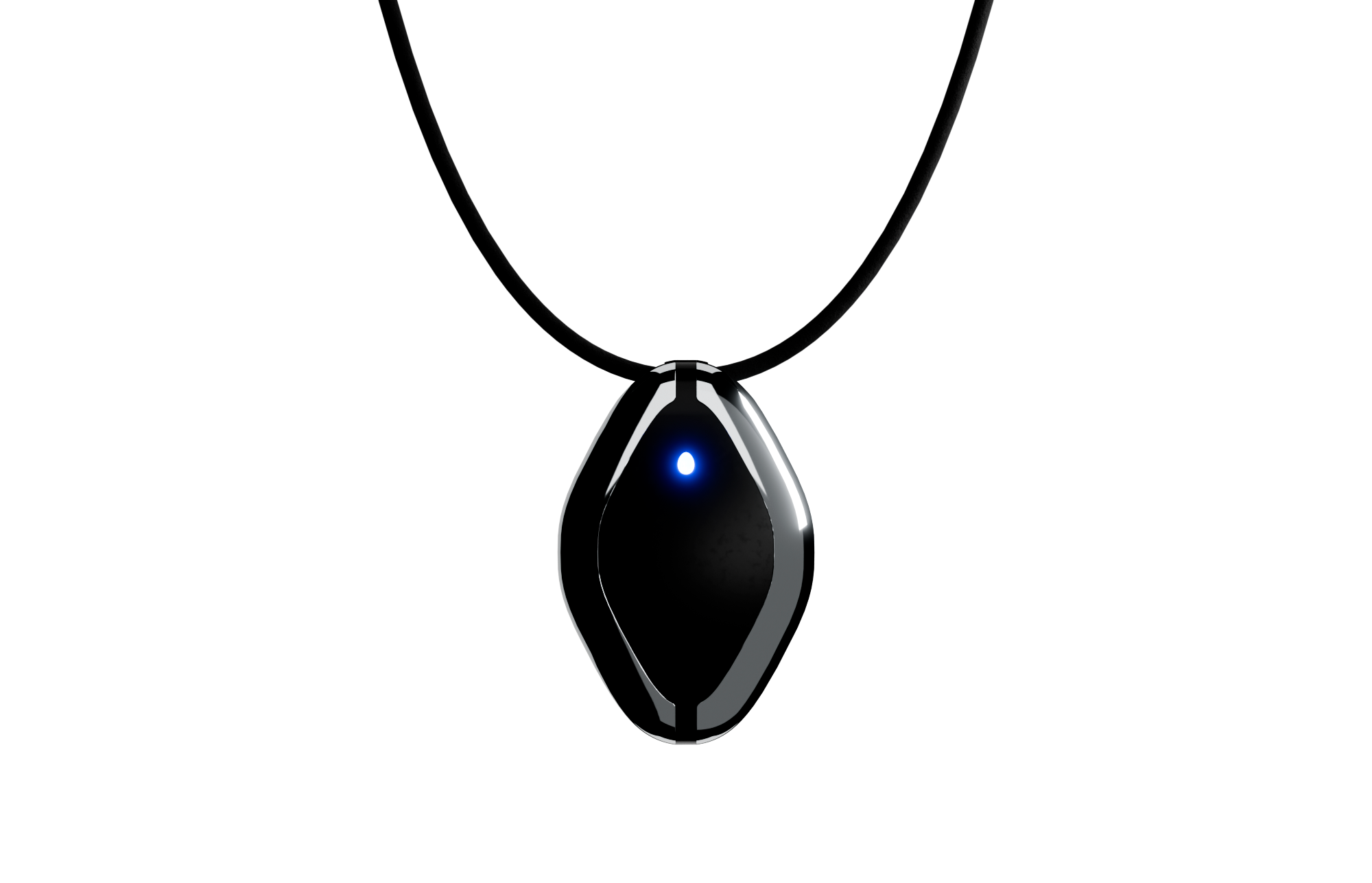Identify Heat Sources and Requirements
- Evaluate component specifications to identify high-power devices such as CPUs, GPUs, and power transistors that generate significant heat.
- Understand the thermal budget of the system, determining the maximum allowable temperature and thermal runway conditions.
- Design with environmental conditions in mind, including ambient temperature and airflow limitations.
Implement Effective Heat Dissipation Methods
- Select appropriate heat sinks tailored to the components; consider material, surface area, and fin design for maximal heat dissipation.
- Utilize thermal interface materials (TIMs) such as thermal paste or pads to improve the thermal coupling between components and cooling solutions.
- Consider heat pipes or vapor chambers for uniform heat distribution across components.
Optimize Airflow and Ventilation
- Ensure sufficient airflow by designing an optimal layout for fans and vents, considering inlet and outlet positions to minimize air recirculation.
- Use computational fluid dynamics (CFD) simulations to model and optimize airflow paths for more efficient cooling.
- Utilize fan controllers and temperature sensors to adjust fan speed dynamically based on workload and thermal conditions.
Explore Advanced Cooling Techniques
- Implement liquid cooling solutions for components exceeding air cooling capabilities, using pumps, reservoirs, and radiators for heat transfer.
- Consider phase-change cooling systems for extremely high power applications, leveraging refrigerant cycles for rapid heat absorption and dissipation.
- Investigate thermoelectric coolers (TECs) for applications sensitive to temperature fluctuations, providing precise thermal management.
Monitor and Control Thermal Performance
- Integrate thermal sensors and telemetry in the design to continuously monitor component temperatures and environmental conditions.
- Employ software algorithms to predict thermal trends and preemptively adjust cooling strategies, ensuring stability even under peak loads.
- Schedule regular maintenance to ensure that fans, filters, and liquid cooling systems remain clean and functional, preventing degradation in cooling performance.
Code Example for Monitoring and Control
Monitor and manage the cooling system using a simple Python script with libraries such as PsUtil and PySensors for temperature monitoring:
import psutil
import time
def get_temp(sensor_name):
sensors = psutil.sensors_temperatures()
if sensor_name in sensors:
return sensors[sensor_name][0].current
else:
return None
def dynamic_fan_control(target_temp):
current_temp = get_temp('cpu-thermal')
if current_temp:
if current_temp > target_temp:
# Increase fan speed
print("Increasing fan speed")
else:
# Decrease fan speed
print("Decreasing fan speed")
else:
print("Temperature sensor not found")
target_temperature = 70.0 # Target temperature in Celsius
while True:
dynamic_fan_control(target_temperature)
time.sleep(5) # Adjust frequency as necessary
This script dynamically adjusts fan speed based on CPU temperature readings to keep the hardware within a desired temperature range.
Design for Future Scalability
- Allow for modular upgrades in thermal solutions to accommodate future hardware improvements and increased thermal demands.
- Design interfaces and structures that simplify the integration of more advanced cooling technologies as they become available.
- Consider energy-efficient designs and sustainable materials to reduce environmental impact while managing thermal performance.
